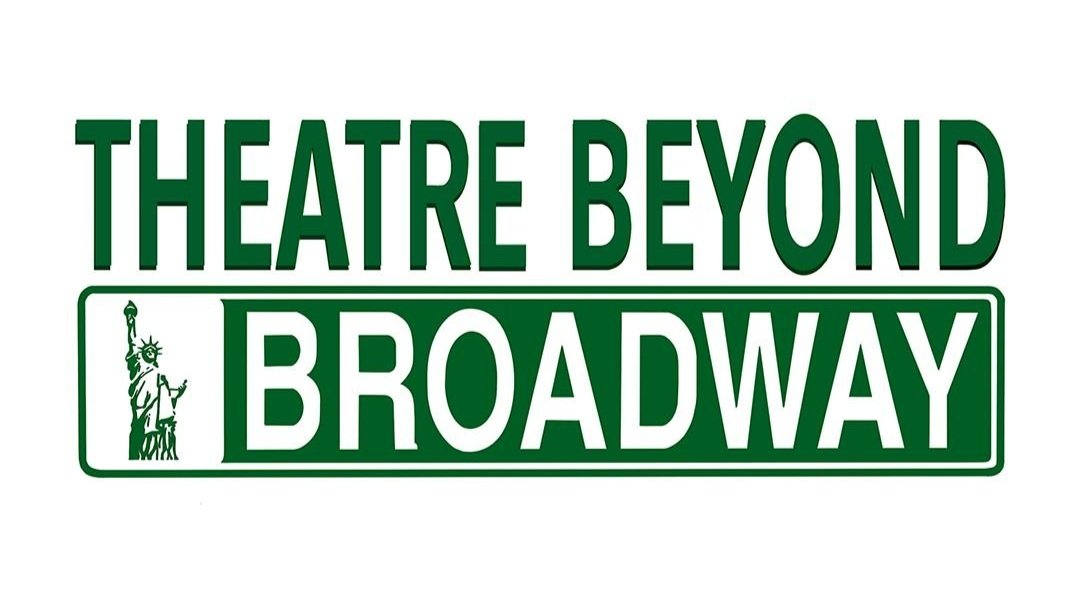The Trojans
Book, Lyrics & Music by Leegrid Stevens; Directed by Eric Paul Vitale
the cell theatre | 338 W 23rd St, New York, NY 10011
March 19th - April 19th
There are only 7 basic plots and we all reuse them over and over again. Like the judge said in Ed Sheeran’s copyright case, “Overprotecting such basic elements would threaten to stifle creativity and undermine the purpose of copyright law.” After copyrights expire, if they ever existed, whole works can be taken and reworked without restriction. It’s the reason behind everyone from the tiniest school group to the biggest commercial theaters producing Shakespeare and the Greeks over and over. It’s how a 1995 film could rewrite the ending to Nathaniel Hawthorne’s Scarlet Letter.
Leegrid Stevens, Brooklyn-based playwright and composer has rehomed The Iliad to a Texas Amazon Warehouse. The workers are tired of scanning and want to put on a play (within a play) about bygone days in their football loving town. By page two, 16 lines into the play, the setting and premise of this reimaging is locked in “We’ll act it out! Like last time! Move all around with big gestures.” The Trojans, their high school football team, last had a good team when this crew was in high school in the 80s. Flashbacks to the 80s, provides us with the synthwave soundtrack of 19 songs in this 2.5 hour odyssey.
The scenic, costumes and lighting design, by Simon Cleveland, Ashley Soliman, and Christopher Annas-Lee respectively, are extremely clever and simply spectacular. Deena Kaye’s music and voice direction is spot on as is this talented cast’s vocal work. But sadly, the music did not stay with me after the performance though the thought of a synthwave musical is one of the things that drew me to the show. And the blessing or curse of derivative work is that it’s derivative – we’ve all seen it before - though perhaps not quite this way. The premise of small town Texas battle on the gridiron type of Trojans is an interesting conceit, but the addition of the Amazon Warehouse felt fully contrived and the added on angry manager and tracking of workers during their shift felt forced.
Act 2 after intermission is perhaps a couple of weeks later, or enough time for the warehouse to get a new vending machine. The crew has felt compelled to return with the terminated coworker to finish telling the story. The relevance of the time change was lost on me. Despite these issues, Act 2 moves more swiftly with the battle beginning. The choreography and fight choreography in the gridiron sequence which happens in a ¾ house is particularly exciting. The work of Melinda Rebman, Bradley Cashman and John Morgan was flawlessly executed, and really brought a jolt of electricity to the stage. Like the premise of looking back on glory days, this moment of brilliance made the rest more dull.
We all have moments we’d like to revisit. Would we change things if we could? And if not to change, then why go back. What are we looking for in telling old stories? And, what are we hoping to find in them?
Click HERE for tickets.
Review by Nicole Jesson.
Published by Theatre Beyond Broadway on March 24th, 2025. All rights reserved.




